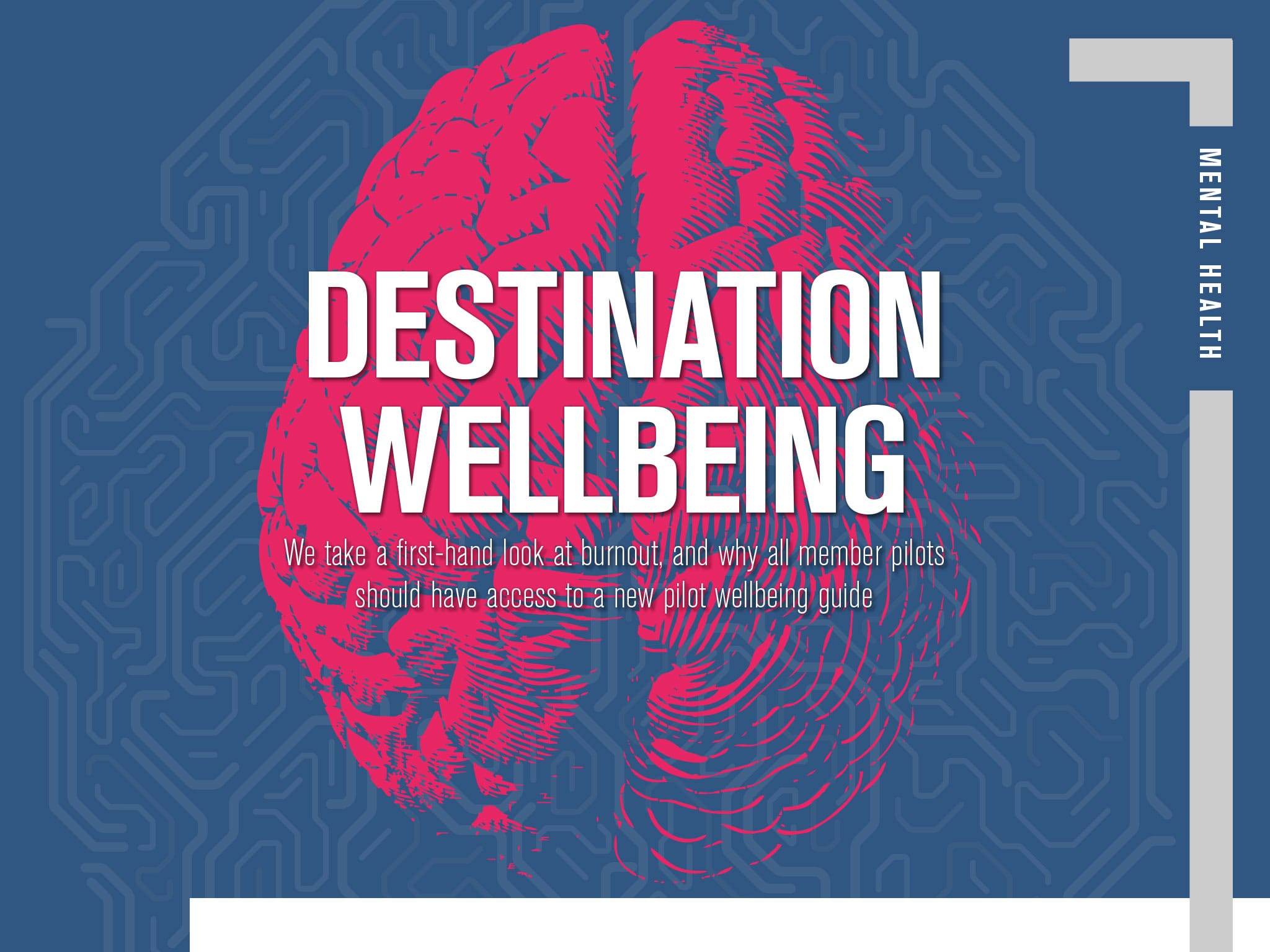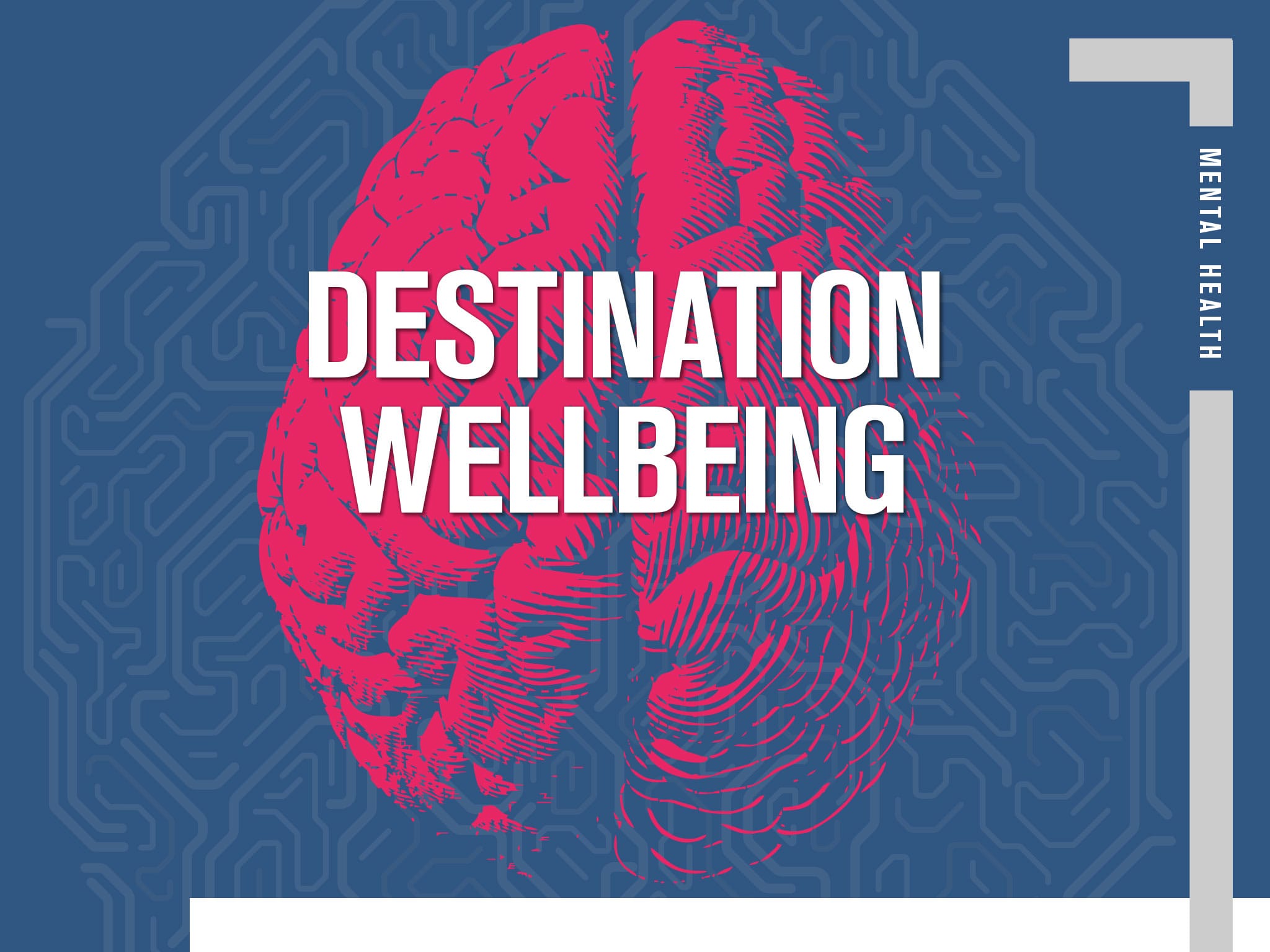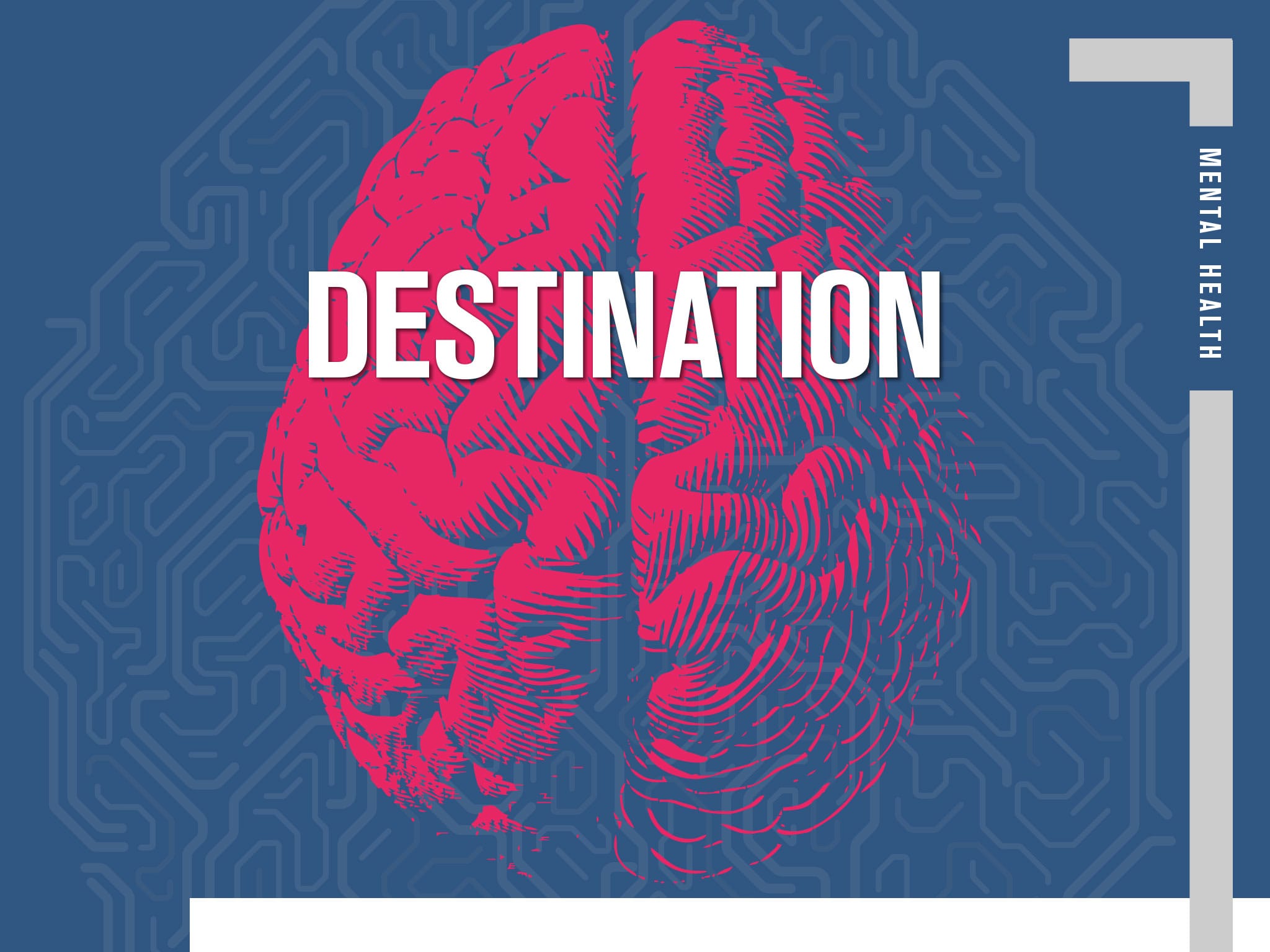


























MENTAL HEALTH By Captain James Burnell, Company Council rep We take a first-hand look at burnout, and why all member pilots should have access to a new pilot wellbeing guide he day finally arrived and, as with most cases, it came down to the classic camel and straw adage. I remember vividly, turning slowly to look at the first officer who had just done something completely nonsensical, wanting to ask “why?” but knowing no explanation would appease my despair. I knew then I had to stop flying until I received professional help. In fairness to the first officer, who I’m sure is by now a pillar of the flying community, it had taken me a couple of years to build up to this point. I look back on that day now, having subsequently been a BALPA union rep for some time, and I can easily identify the signs: the overreaction to minor things, the needless anger at everything, the fatigue and insomnia, a general feeling of sickness – but, most worryingly, the brain fog. That was the worst part of it. My memory was struggling to supply the information I required, and I had to push my mental capacity just to keep up. It was like I was losing myself, and it seemed to me that all I needed to do was push my brain a bit harder to emerge from the fog and I would be myself again. But the harder I pushed, the worse it became. Up to this point, I had seen my local GP several times and had been tested for various medical conditions but, to my surprise and frustration, she kept telling me I was physically healthy. The pressure from a lack of diagnosis built up over time so, following my decision to stop flying, I paid to see a private GP. This GP’s clients were, by and large, high-achieving businessmen and women, and I think this experience meant that it only took him 20 minutes to tell me with confidence that I had burnout. LUCKY ESCAPE I am one of the lucky ones as, with the help of my company, my local BALPA reps and my AME, it only took me three months to recover enough to return to flying. Although I must admit to not being my complete self – even some years down the line – I have discovered various lifestyle choices and techniques that keep me safe from burnout and allow me to function well while still slowly improving. In the years following my diagnosis, I decided to try to pay back the help I had received. I became a BALPA union rep and Company Council member, which gave me the chance to highlight and help with the issues that had affected me, as well as many more outcomes related to the way pilots work – an endeavour that unfortunately looks increasingly like a larger and larger undertaking. I started off the project by looking at the current research into burnout to identify the scale of the problem. Fortunately, Eindhoven University, in conjunction with the BALPA flight safety department, was ahead of me on this, and had already completed such a study. For me, the headline figure from this was that 40% of pilots across all UK airlines have higher symptoms of burnout. At about the same time, I was reading DESTINATION HAVE WE, IN SOME PART, DONE THIS TO OURSELVES? IF YOU ARE BEING HONEST, HAVE YOU NORMALISED FEELING TIRED AND FATIGUED? HAVE YOU NORMALISED HAVING NO REST BREAKS DURING A 10-HOUR DAY? research from an integrative team of psychological scientists at the Karolinska Institute in Sweden, who found evidence that workplace burnout can alter neural circuits, ultimately causing a vicious cycle of neurological dysfunction. This paints a bleak picture of the current working environment for today’s airline pilots, where four in 10 are on the way to brain damage. READ MORE How to get help Shocked that no-one had acted on this, I tried to understand why. I believe there are several reasons for the high rate of burnout going relatively unnoticed to date; the first and most obvious being that pilots are misdiagnosing burnout as chronic fatigue. The symptoms are very similar, and if you fly full time in any modern airline, you will be well versed with fatigue. Another issue may be that there is a common misconception that the culprit behind burnout is simply working too long or too hard, where research indicates that other factors – both individual and organisational – can be just as detrimental. As a BALPA rep trying to spot pilots who may be suffering in this way, when I first float the idea of burnout, their first comment is nearly always “but I control my fatigue levels”. Another issue I have come across, following some BALPA health and safety training, is that there is no regulator policing the health of the pilot workforces. The regulation of our job’s safety aspects is obvious to all, but there appears to be a regulatory vacuum, with some confusion between agencies as to who is meant to look after the wellbeing of the airside workforce. The airlines are required by law to monitor the health of their workforce but, in my experience, this has not – and is not – being done in any meaningful way. DIGGING DEEP We now need to investigate how these health pressures have arisen, and I strongly suspect you only have to look at the change in the way work is given to airline pilots over the past decade to find the answer. The current pilot could now expect to retire with up to double the number of flying hours of the previous generation, and there are many other practices that, on reflection, are damaging to our physical and mental health – for instance: no rest breaks ‘except while you are sitting at the controls’; minimal toilet breaks because of the locked door policy; noisy flight decks; mild hypoxia; minimal movement; fatigue; and circadian rhythm disruption. These conditions mean we must use significantly more cognitive energy than a person in an office to complete even simple tasks, let alone the complex task of flying a plane. Now factor in the stressors of the airspace and airports that are stretched to breaking point: the endless cost-cutting mantra from the airlines; schedules that are unflyable; shorter turn times than practical; FTLs as a rostering target; the normalisation of long, multisector days starting or finishing at times of circadian low for some and circadian rhythm-busting long-haul duties for others, while at the same time being told to park further from the terminal; standing in long security queues; and reporting directly to the aircraft, which degrades CRM and increases the isolation felt by pilots. It would be very hard to dismiss the social pressures on pilots with work-life balance challenges, the lack of social networks, isolation at work, and I bet everyone could come up with plenty more stressors, but we can see that the pressures are building exponentially for the pilots of today. There may be another factor. Have we, in some part, done this to ourselves? If you are being honest, have you normalised feeling tired and fatigued? Have you normalised having no rest breaks during a 10-hour day? Have you normalised the high levels of stress at work? Have you normalised a terrible work-life balance? Have you normalised 10 hours at 80 decibels at an altitude of 8,000ft? Should we just accept these as part of the job? All these factors are combining into a perfect storm of mental health pressures for our members and, although I see burnout as one of the most immediate dangers, there are many other disorders caused by the way airlines hand us our workload and the environment in which we work. You only need to read the statistics around pilot mental health to understand that these strains are evidenced in other ways. WISER OR HEALTHIER? I have emerged from the initial health implications of these pressures a wiser man, but not a healthier one, and the question for me now is: what might be the long-term health implications of my career choice? I talk to my colleagues of this health threat being analogous with the asbestosis scandal that was rife through the building industry. Should I be worrying about how long I can live past retirement age, or whether I am looking at a much-increased risk of dementia? Participants in one study reported a concern that a noticeable number of pilots who retired more than 10 years ago appear to be outliving those who retired in the last five to 10 years. I have talked a lot about the problem, but as far as making a start on tackling this issue, it is still early days. I think the first step must be for each of us to understand and be able to recognise these issues in ourselves. To this end, I have produced a pilot wellbeing guide for the pilots in my airline, and this is being adapted to each airline’s operating environment. In our airline, we are also working on this issue through the Health and Safety structure but, in this age of soft-touch regulation, I fear it will take a concerted press campaign to make any regulator take note. It is important to remember that while many pilots are suffering, many more are thriving in this environment, so it is vitally important that we use a scientific approach – not just to quantify the issues further, but also to find the causes and solutions, and learn lessons from both groups. A data-gathering exercise is now being undertaken by a visionary pilot and research associate from Trinity College, Dublin, the data from which will be the start of a permanent solution to the potentially damaging nature of our chosen profession. We’ll give you more information about this study in a further article, but for now, please take 40-50 minutes to help protect future generations from harm by filling out the survey at www.surveymonkey.com/r/PilotWellbeingStudy WELLBEING DESTINATION WELLBEING We take a first-hand look at burnout, and why all member pilots should have access to a new pilot wellbeing guide READ MORE About the author Captain James Burnell is a Company Council representative who has written a pilots’ wellbeing guide for the pilots in his airline, which is now being rolled out in other airlines. It charts the causes of burnout as well as other issues and offers advice to keep the modern pilot healthy